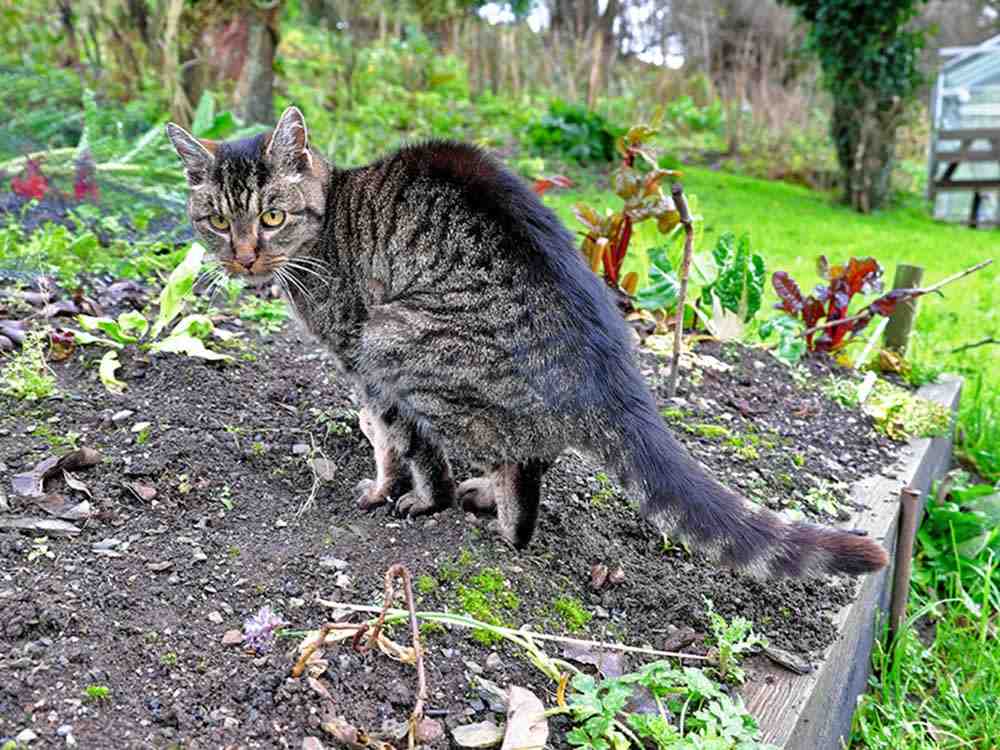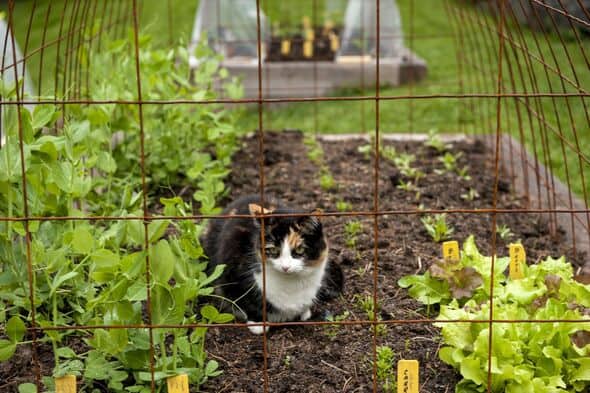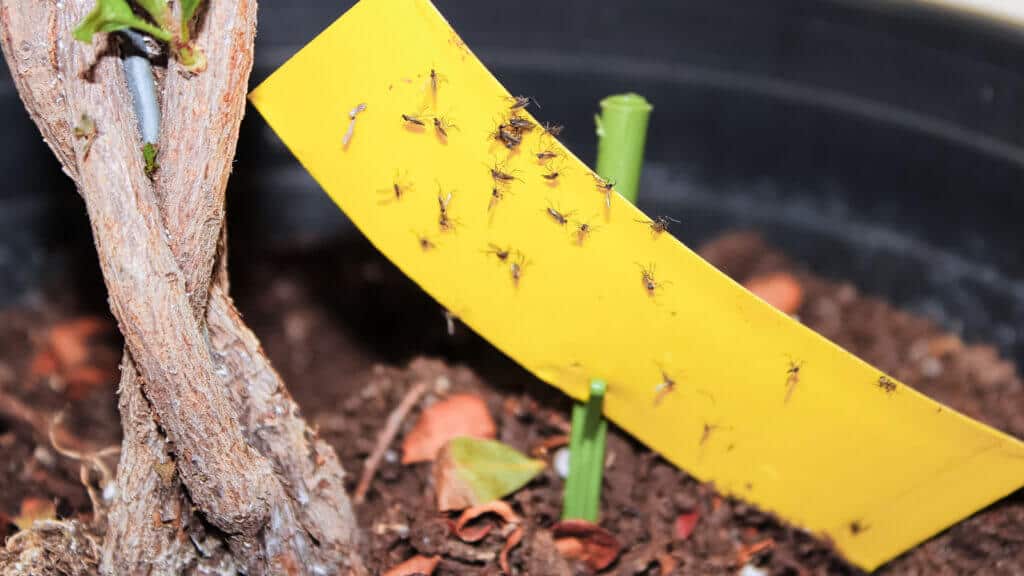If you’re frustrated by neighborhood cats using your garden as their personal litter box, you’re not alone.
This common issue plagues many gardeners, causing not only unpleasant smells but also potential health risks and damage to plants.
Thankfully, there are effective, humane, and lasting solutions. This comprehensive guide offers proven strategies, unique tips, and visual layout ideas to help reclaim your garden space.
Why Do Cats Poop in Gardens?

Cats are naturally drawn to gardens for several reasons:
- Soft, loose soil: Ideal for digging and burying waste.
- Scent marking: Cats mark territory with their scent.
- Hunting ground: Gardens are rich in insects, birds, and small rodents.
- Privacy and quiet: A calm and private place to relieve themselves.
Understanding these motivations helps in choosing the right deterrents.
The Risks of Cat Feces in Your Garden
Cat feces can pose serious health risks:
- Toxoplasmosis: A parasitic disease dangerous to pregnant women and those with weakened immune systems.
- Bacterial contamination: Including E. coli and salmonella.
- Damage to plants: Cat waste can alter soil composition and burn plants.
Multi-Layered Strategy to Keep Cats Away

An effective approach involves a combination of tactics:
- Physical barriers
- Scents cats hate
- Motion-based deterrents
- Habitat modification
- Training and deterrent planting
Let’s explore each.
1. Physical Barriers: Make It Inaccessible
a. Garden Netting or Chicken Wire
- Lay chicken wire or plastic mesh just beneath the soil surface.
- Cats dislike the feel under their paws and will avoid it.
- You can cut holes for plants.
b. Mulch Alternatives
- Avoid soft mulches like compost or bark.
- Use sharp-edged mulch like:
- Pine cones (break into pieces)
- Crushed eggshells
- Rough stones
c. Row Covers or Fencing
- Use garden hoops and mesh covers.
- Low garden fencing (at least 2 feet high with overhang) keeps cats out.
Visual Tip: Add a diagram showing how to lay wire mesh under soil with plant holes.
2. Scent-Based Deterrents: Offend Their Noses

Cats have an extremely sensitive sense of smell. Certain scents can drive them away.
a. Citrus Peels
- Use orange, lemon, and lime peels.
- Replace frequently as they break down.
b. Essential Oils (Diluted)
- Mix water with a few drops of lavender, citronella, or eucalyptus oil.
- Spray around garden borders (test on a small patch first).
c. Vinegar Spray
- Mix white vinegar and water 1:1.
- Spray on garden edges or fence posts.
d. Commercial Repellents
- Use pet-safe products like Nature’s Mace or Critter Ridder.
- Follow directions for application frequency.
Caution: Avoid mothballs or ammonia-soaked rags – toxic to pets and humans.
3. Motion-Based Deterrents: Surprise and Scare
a. Motion-Activated Sprinklers
- Devices like Orbit Yard Enforcer spray a burst of water.
- Cats hate sudden water sprays.
- Effective and harmless.
b. Ultrasonic Devices
- Emit high-frequency sounds when triggered.
- Human-safe, pet-friendly, and solar-powered options available.
c. Lights and Reflectors
- Use solar-powered flashing lights or reflective tape.
- Cats dislike sudden lights and movement.
Visual Tip: Include a layout showing a motion-sensor sprinkler setup.
4. Habitat Modification: Make It Unappealing
a. Cover Bare Soil
- Cover any exposed soil with plants, rocks, or mulch.
b. Water More Frequently
- Damp soil is less inviting for digging.
c. Add Natural Predators
- Install owl statues or decoys.
- Consider predator scents (fox urine granules) from garden stores.
5. Strategic Planting: Use Nature to Deter
a. Plants Cats Dislike
Add these plants as natural repellents:
- Coleus Canina (aka “Scaredy Cat Plant”)
- Rue
- Lavender
- Rosemary
- Lemon balm
b. Dense Planting
- Plant ground covers densely to leave no space for digging.
- Try thyme, creeping rosemary, or low-growing sedums.
Bonus Idea: Create a dedicated “cat zone” with catnip and sand in a distant corner if you don’t mind redirecting rather than excluding them.
What Not to Do
- Never use poison or harmful traps: Inhumane and often illegal.
- Avoid strong chemicals: Harmful to soil, pets, and wildlife.
- Don’t confront pet owners aggressively: Try friendly conversations or community signage first.
Maintenance Tips: Stay Consistent
- Reapply deterrents after rain.
- Rotate scents to avoid cats adapting.
- Monitor garden cameras if needed to identify repeat offenders.
When to Call Professionals
If the issue persists:
- Animal control may offer guidance on stray populations.
- Professional pest services may have humane trapping programs.
Final Thoughts
Stopping cats from pooping in your garden requires patience, consistency, and a multi-layered approach. Combining physical barriers, scent deterrents, motion devices, habitat changes, and cat-repelling plants will dramatically increase your success.
Customize the solution for your specific garden setup, and you’ll soon enjoy a clean, cat-free oasis.
I’m Anastasios Moulios, co-founder of DIY Cozy Living. I enjoy finding creative, practical ways to make small spaces feel warm, stylish, and lived-in — whether it’s a camper, a backyard, or a cozy room inside. I started this blog with Katerina to share real ideas that make home feel a little more personal and a lot more comfortable.



